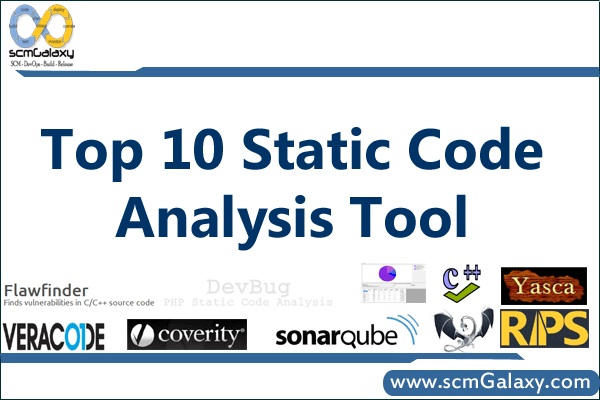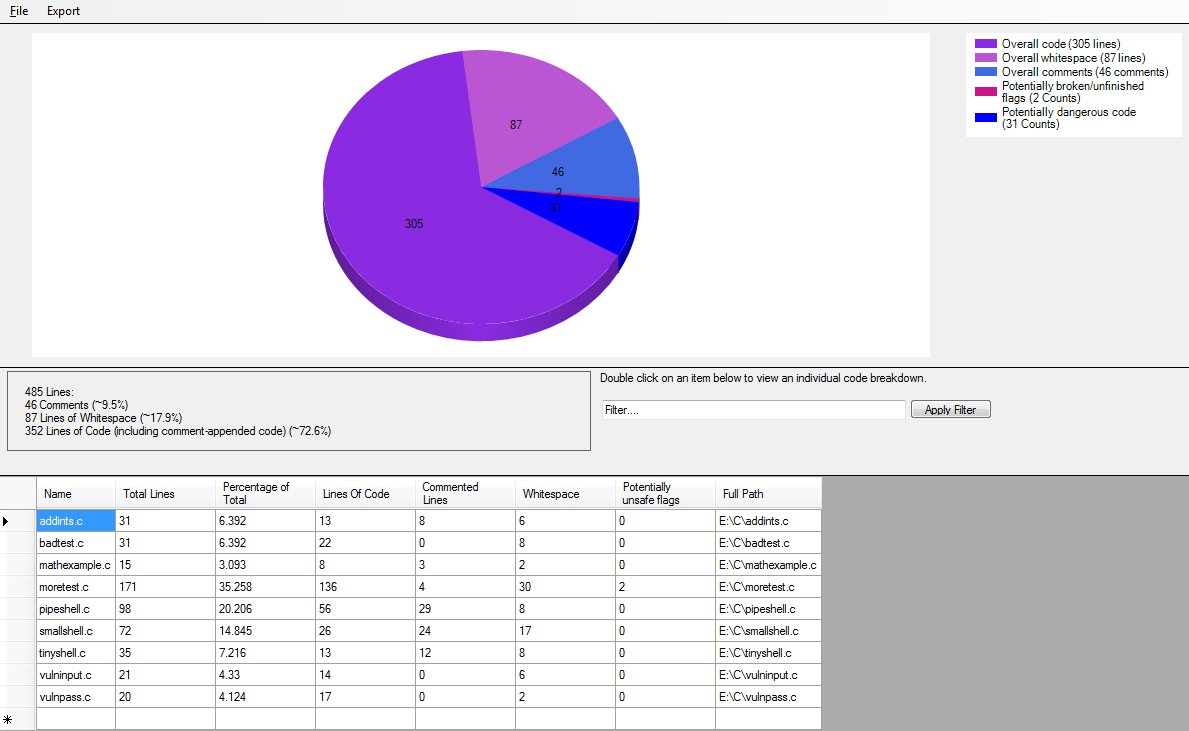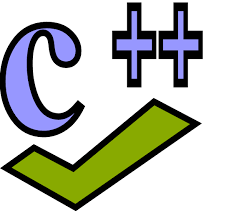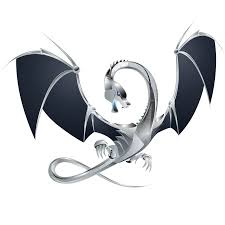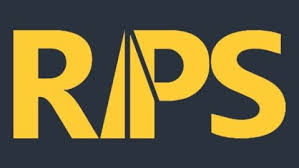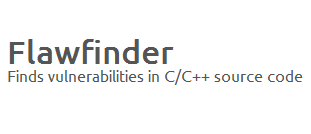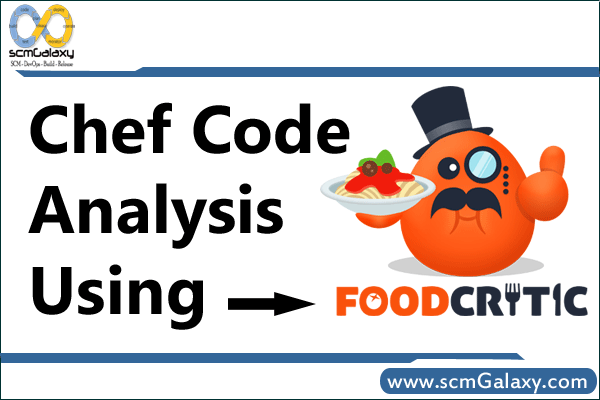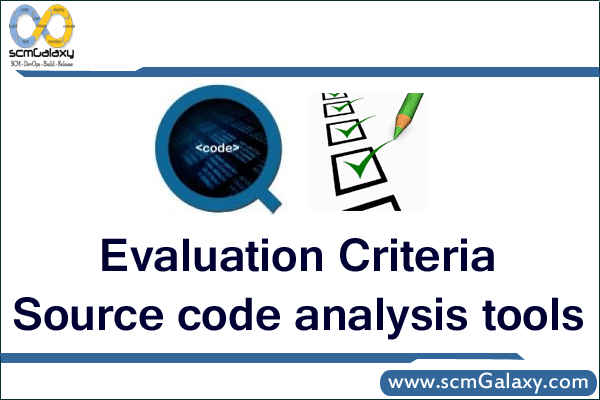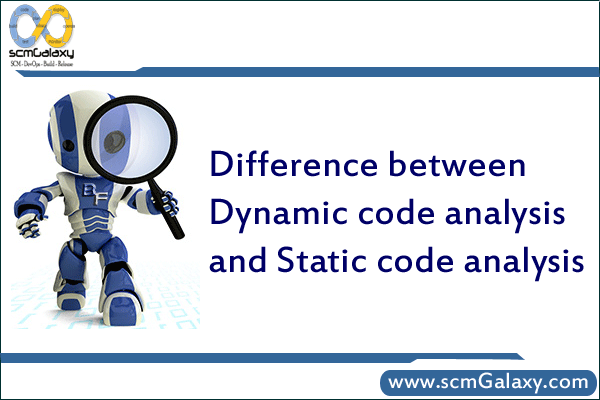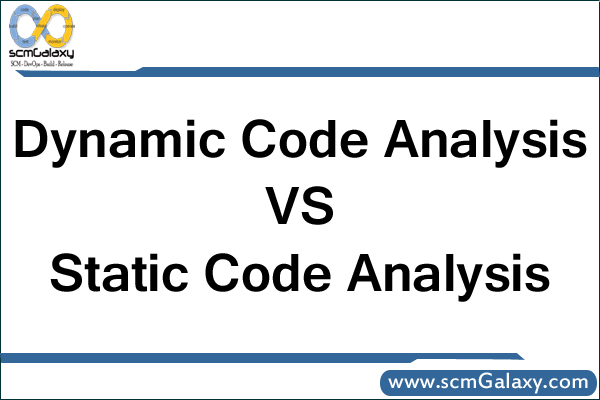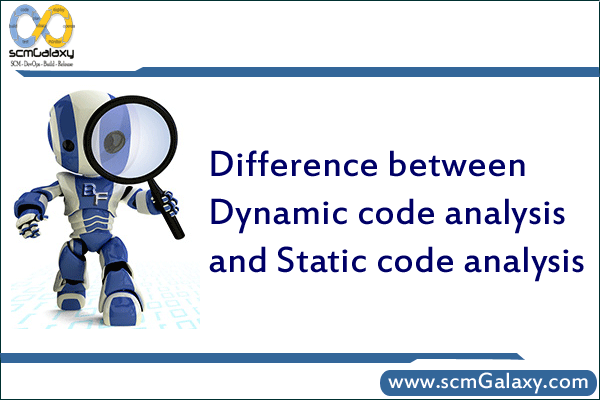What Is A Sentiment Analysis Tool?
A sentiment analysis tool is AI software that automatically analyzes text data to help you quickly understand how customers feel about your brand, product, or service. Sentiment analysis tools work by automatically detecting the emotion, tone, and urgency in online conversations, assigning them a positive, negative, or neutral tag, so you know which customer queries to prioritize. There are many sentiment analysis tools available, but not all are equal. Some are a lot easier to use than others, while some require an in-depth knowledge of data science.
Here’s an updated list of the top 10 sentiment analysis tools:
- IBM Watson Natural Language Understanding
- Google Cloud Natural Language API
- Microsoft Azure Text Analytics
- Amazon Comprehend
- Aylien Text Analysis
- MonkeyLearn
- Hugging Face Transformers
- RapidMiner
- Tweepy
- Lexalytics
1. IBM Watson Natural Language Understanding:
IBM Watson offers a powerful sentiment analysis API that provides accurate sentiment analysis along with other NLP capabilities.
Features:
- Sentiment Analysis: Watson NLU can analyze text to determine the overall sentiment expressed, whether it is positive, negative, or neutral. It provides a sentiment score along with the sentiment label.
- Entity Recognition: The tool can identify and classify entities mentioned in the text, such as people, organizations, locations, dates, and more. It helps in extracting important information and understanding the context.
- Emotion Analysis: Watson NLU can detect emotions expressed in text, including joy, sadness, anger, fear, and disgust. It provides emotion scores for each category, allowing you to gauge the emotional tone of the text.
2. Google Cloud Natural Language API:
Google Cloud’s Natural Language API provides sentiment analysis, entity recognition, and other language processing features.
Features:
- Sentiment Analysis: The API can analyze the sentiment of a given text, providing a sentiment score and magnitude. The score indicates the overall sentiment (positive or negative), while the magnitude represents the strength or intensity of the sentiment.
- Entity Recognition: Google Cloud Natural Language API can identify and classify entities mentioned in the text, such as people, organizations, locations, dates, and more. It provides information about the type of entity and supports entity linking to additional information.
- Entity Sentiment Analysis: In addition to entity recognition, the API can also provide sentiment analysis at the entity level. It assigns sentiment scores to individual entities mentioned in the text, indicating the sentiment associated with each entity.
3. Microsoft Azure Text Analytics:
Microsoft Azure Text Analytics is a cloud-based service provided by Microsoft that offers a variety of text analysis capabilities. It is part of the larger Azure Cognitive Services suite, specifically focused on processing and understanding natural language text.
Features:
- Sentiment analysis
- Key phrase extraction
- Language detection
- Used to analyze unstructured text for tasks
- Built with best-in-class Microsoft machine-learning algorithms
- Training data is not required to use this API
4. Amazon Comprehend:
Amazon Comprehend is a natural language processing (NLP) service provided by Amazon Web Services (AWS). It offers a range of powerful features for extracting insights and performing analysis on text data.
Features:
- Sentiment Analysis: Amazon Comprehend can analyze text and determine the sentiment expressed, whether it is positive, negative, neutral, or mixed. It provides sentiment scores ranging from 0 to 1, indicating the level of sentiment intensity.
- Entity Recognition: The service can identify and categorize entities mentioned in the text, such as people, organizations, locations, dates, and more. It offers pre-trained entity types and also allows customization for domain-specific entity recognition.
- Key Phrase Extraction: Amazon Comprehend can extract key phrases or important terms from the text. This helps in understanding the main topics or subjects discussed within the text data.
5. Aylien Text Analysis:
Aylien Text Analysis API is a package of Natural Language Processing and Machine Learning-powered APIs for analyzing and extracting various kinds of information from the textual content. Text Analysis API supports multiple (human) languages which can be selected using the language parameter, supported by most of the endpoints.
Features:
- Sentiment Analysis: Aylien Text Analysis can perform sentiment analysis on text, providing a sentiment score that indicates the overall sentiment expressed in the text, whether it is positive, negative, or neutral.
- Entity Extraction: The tool can identify and extract entities mentioned in the text, such as people, organizations, locations, dates, and more. It provides structured information about the entities present in the text.
- Concept Extraction: Aylien Text Analysis can identify and extract key concepts or topics discussed in the text. It helps in understanding the main ideas and themes present in the content.
6. MonkeyLearn:
MonkeyLearn is a no-code text analytics platform that offers pre-built and custom machine-learning models for sentiment analysis, entity recognition, topic classification, and more. It simplifies text analytics and visualization of customer feedback with its easy-to-use interface and powerful AI capabilities.
Features:
- Provides an all-in-one text analysis and data visualization studio that enables users to gain instant insights when analyzing their data
- Users can use MonkeyLearn’s ready-made machine-learning models or build and train their own code-free
- Offers a range of pre-trained classifiers and extractors, including sentiment analysis and entity recognition
- Users can easily import their dataset, define custom tags, and train their models in a simple UI
- Offers business templates tailored for different scenarios, equipped with pre-made text analysis models and dashboards
- Users can upload data, run the analysis, and get actionable insights instantly visualized
- MonkeyLearn’s NPS Analysis template helps strengthen promoters, convert passives and detractors, and improve overall customer satisfaction
7. Hugging Face Transformers:
Hugging Face Transformers is an open-source library that provides pre-trained models for various NLP tasks, including sentiment analysis.
Features:
- Pre-trained Models: Hugging Face Transformers offers a vast collection of pre-trained models for various NLP tasks, including text classification, sentiment analysis, named entity recognition, question answering, language translation, summarization, and more. These models are trained on large datasets and can be fine-tuned for specific tasks.
- State-of-the-Art Models: Hugging Face Transformers includes state-of-the-art models like BERT, GPT, RoBERTa, and T5, which have achieved high performance on various NLP benchmarks and competitions.
- Model Architecture Flexibility: The library provides an easy-to-use interface for loading and using pre-trained models, allowing you to apply them to your specific NLP tasks. It supports both PyTorch and TensorFlow backends, providing flexibility in choosing your preferred framework.
8. RapidMiner:
RapidMiner is an interesting option on this list. It doesn’t consider itself a “sentiment analysis tool” per se, but a data science platform that does text mining in unstructured data to figure out the sentiment. A few examples of the “unstructured data” they’re talking about online reviews, social media posts, call center transcriptions, claims forms, research journals, patent filings, and more.
Features:
- Analyzes sources like social media, research journals, call center transcriptions, online reviews, forums, and patent filings for sentiment analysis.
- Performs extraction, modeling, data cleansing, and deployment in the same environment.
- Offers pre-built algorithms, model training, and data visualization.
9. Tweepy:
Tweepy is a Python library that simplifies the process of interacting with the Twitter API. It provides an easy-to-use interface for accessing Twitter’s platform and performing various tasks.
Features:
- API Authorization: Tweepy handles the authentication process required to access the Twitter API. It supports various authentication methods, including OAuth 1a and OAuth 2.
- Access to Twitter Data: Tweepy enables you to retrieve various types of Twitter data, such as tweets, user profiles, followers, and trends. It provides convenient methods to fetch this data using the Twitter API endpoints.
- Streaming API: Tweepy supports the Streaming API provided by Twitter, allowing you to receive real-time data from Twitter in a continuous stream. This is useful for tracking specific keywords, hashtags, or users in real-time.
10. Lexalytics:
Lexalytics is another platform that will help you turn your text into profitable decisions. With their state-of-the-art natural language processing and machine learning technologies, they can transform any given text into actionable insights. Lexalytics helps explain why a customer is responding to your brand in a specific way, rather than how, using NLP to determine the intent of the sentiment expressed by the consumer online.
Features:
- Uses NLP (Natural Language Processing) to analyze text and give it an emotional score.
- Offers integration with valuable tools like Zapier, Angoss, Import.io, Voziq, Leanstack, etc.
- Comes with a Semantria Cloud-based API that offers multiple industry packs with customizable language preferences.
- Analyzes all kinds of documents on its Cloud API.
- Offers support for 30 languages.
